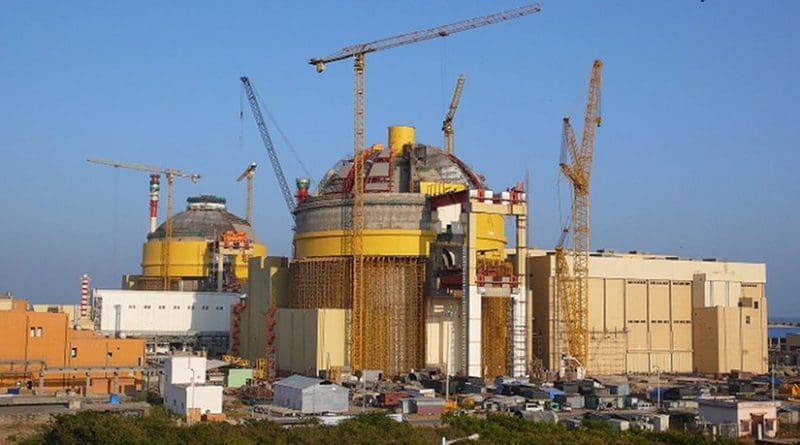India’s Nuclear Doctrine: How Elastic And Transparent Should It Be? – Analysis
By IPCS
By D Suba Chandran
One of the major criticisms on the recently released IPCS Alternative Blueprint to India’s nuclear doctrine was – it should remain elastic, to provide adequate space for future manoeuvering. In particular there was a debate on whether India’s deterrence should be ‘minimum’ or ‘minimal’. The debate focused on how ‘minimal’ would narrow the options from being ‘minimum’. How elastic should India’s nuclear doctrine be? Should it be transparent or blurry, providing different interpretations, depending on the situation? Will elasticity in definition make the concepts more ambiguous?
Elasticity and transparency as a part of nuclear doctrine should be linked to the primary objective of having a doctrine in public. If being specific and transparent in a doctrine hinders the state from having sufficient space to manoeuvre, alter and make modifications, then it would be useful not to have a doctrine in the first place. Not having a doctrine would provide more elasticity to make decisions and amend the objectives of the state depending on the political and security environment, than having a doctrine with less transparency and indeterminate concepts.
Alternatively, there could be a transparent doctrine (transparency will always remain relative, never be an absolute) which if the situation warrants, could be reviewed periodically and modified according to the security environment. This would be more useful than a less transparent doctrine with more ambiguity and elasticity.
There could be few basic premises for the state to use as guiding principles. For example, nuclear weapons as a defence against WMD attacks by other states, non use against non-nuclear weapons states, no first use etc, which forms the bedrock of a nuclear doctrine. However, based on a dynamic security environment the doctrine could be periodically reviewed and updated.
However, after promulgating a doctrine and placing it in the public domain, keeping the tenets elastic to meet any future contingency and without a regular review would be counterproductive. What purpose would a nuclear doctrine serve if it is not reviewed regularly as implicit in the concept of elasticity, especially, if a nuclear doctrine is political in nature?
In India’s case, what is the primary objective of having a political doctrine in the public domain? Why should India have a nuclear doctrine in the first place? Mainly it is aimed at sending a ‘clear’ signal to the intended audience. In India’s case, it is a political doctrine aimed at sensitising the international community to India’s weaponisation imperatives. It is aimed at convincing the rest that India has no military or aggressive ambitions, for which it has pursued nuclear weapons and would continue to do so.
The second objective of a nuclear doctrine obviously should be aimed at a particular audience, in India’s case, Pakistan and China. Perhaps aimed more at Pakistan than China as it stands today, and at a later stage, aimed more at China and covering Pakistan automatically. If the nuclear doctrine is political, then it should be aimed at convincing the adversaries and not create doubt and provide room for misinterpretations, and in the process, defeat the very purpose of a public stance. Also, it should be aimed at signalling adversaries not to engage in a first strike.
If transparency is likely to remove grey areas and address the concerns of adversaries in terms of what India wants and is likely to do, then the nuclear doctrine should ensure it. Can a nuclear doctrine be transparent yet elastic? This is where periodic reviews would help India’s nuclear doctrine to remain transparent, yet keep itself updated to the changing security environment. Being a political doctrine, certain principles can remain the bedrock, for example, non-aggression, no first use, no use against non-nuclear states, and massive retaliation in case of a first strike etc. In fact, the bedrock of independent India’s foreign policy was founded on the Panchsheel. Perhaps, six decades later, it would be useful to consider a ‘nuclear Panchsheel’ as the bedrock and guiding principles for the nuclear doctrine.
Keeping the nuclear doctrine elastic and opaque with a view to address any situation that arises in the future, and more importantly, not undertaking a regular review, would not help India’s primary objective of having a secure nuclear environment. Any nuclear doctrine should remain transparent and kept updated at regular levels to reflect the existing situation. An opaque doctrine, aimed at addressing any and every threat in the future, would in fact make the state even more vulnerable and the region insecure.
D Suba Chandran
Director, Institute of Peace and Conflict Studies (IPCS)
email: [email protected]

